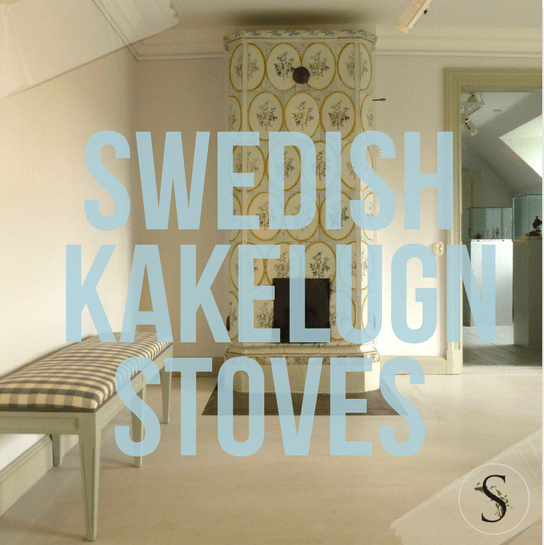Gustavian Interiors- Swedish Tiled Stove From Michael Perlmutter Photography These beautiful stoves were first designed in Sweden in the 18th century, as a result of an economic crisis that pushed Swedes to come up with a better way of extending the life of their firewood. It was then that the famous Swedish stove “kakelugn” was born. Early […]
